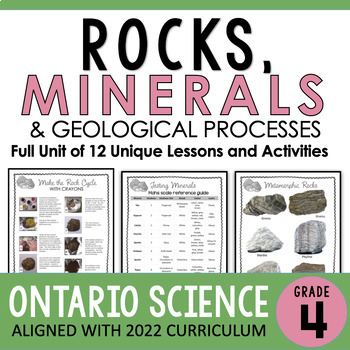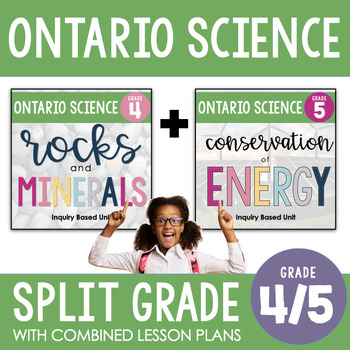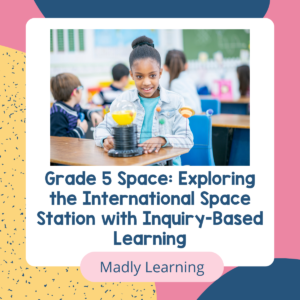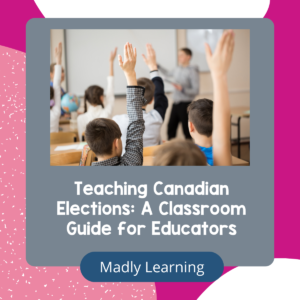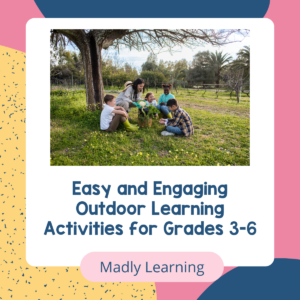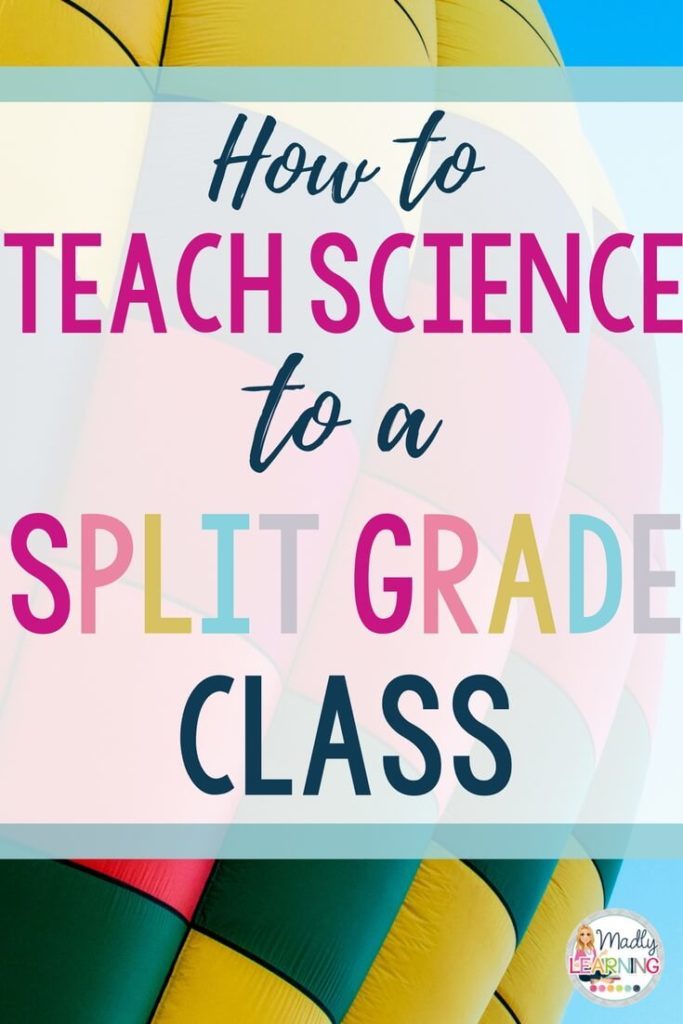
Teaching science to two grades is always a juggling act. Lots of preparation needs to go into how you are going to teach two separate units to two different grades. I always teach a 4/5 and generally have the students for two years. So combining the units and teaching one lesson like I can in math and language does not work well. So it comes down to focusing on what is important, borrowing strategies from other subjects, organization and teaching independence. I teach in 20-30 min time blocks to each grade. Then they will have to learn independently as they do the task. However over time I have learned that sometimes students miss the point of the lesson this way as I am not there to guide them. However I have learned that there are some key strategies to make sure that the time students are working independently that they are learning the stuff I want them to learn.
Focus on What is Important
It all starts with the assessment and the cycle of assessment 1) Learning Goals and Success Criteria
2) Borrow from Math
- Getting started
- Working on It
- Reflection
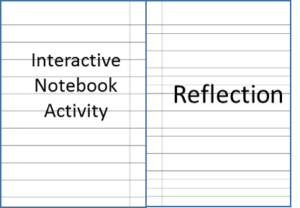
Organization
Ok, this is a goal and always will be. It is inevitable that as a teacher you must organize and organize well. As a split grade teacher, there is no option you must put on your OCD hat and organize like a crazy person. (this is why everything in my classroom has labels, students have numbers, books are colour coded, and why I hate paper. Even your planning needs to be organized. For this purpose, I am constantly making tables and charts to organize my lessons and feel like I live with timers dinging and signaling me to change what I am doing. I also feel that whenever possible you should utilize student and parent volunteers. I know I cannot do this on my own but I do have very helpful students (who love to stay inside instead of going out in the snow) or parent volunteers. I use these volunteers to organize my centers, fill buckets, order papers, photocopy, or whatever else I need help with. I know I cannot do it all so I ask for help from whomever is available and willing to help.
Teaching Independence
I have blogged before about my tips for teaching a split grade here but in science, this is a very important skill. For a science class in a split grade students are often not completing a quiet activity. They are engaged in hands on activities or group work. This means that it is imperative that students learn how to work together and work independently as a group without you. You have to be okay with a bit of noise and you need multiple teaching spaces. Independent students does not mean quiet students, independent students means engaged students. Check out my guide to Teaching Independence Free on TPT.
I have finally finished my next combined unit for my 4/5 plans. In January I go back to work from my maternity leave. If you follow my 4/5 long range plans you would know that I have planned to teach two science units: Rocks and Minerals and Conservation of Energy.



